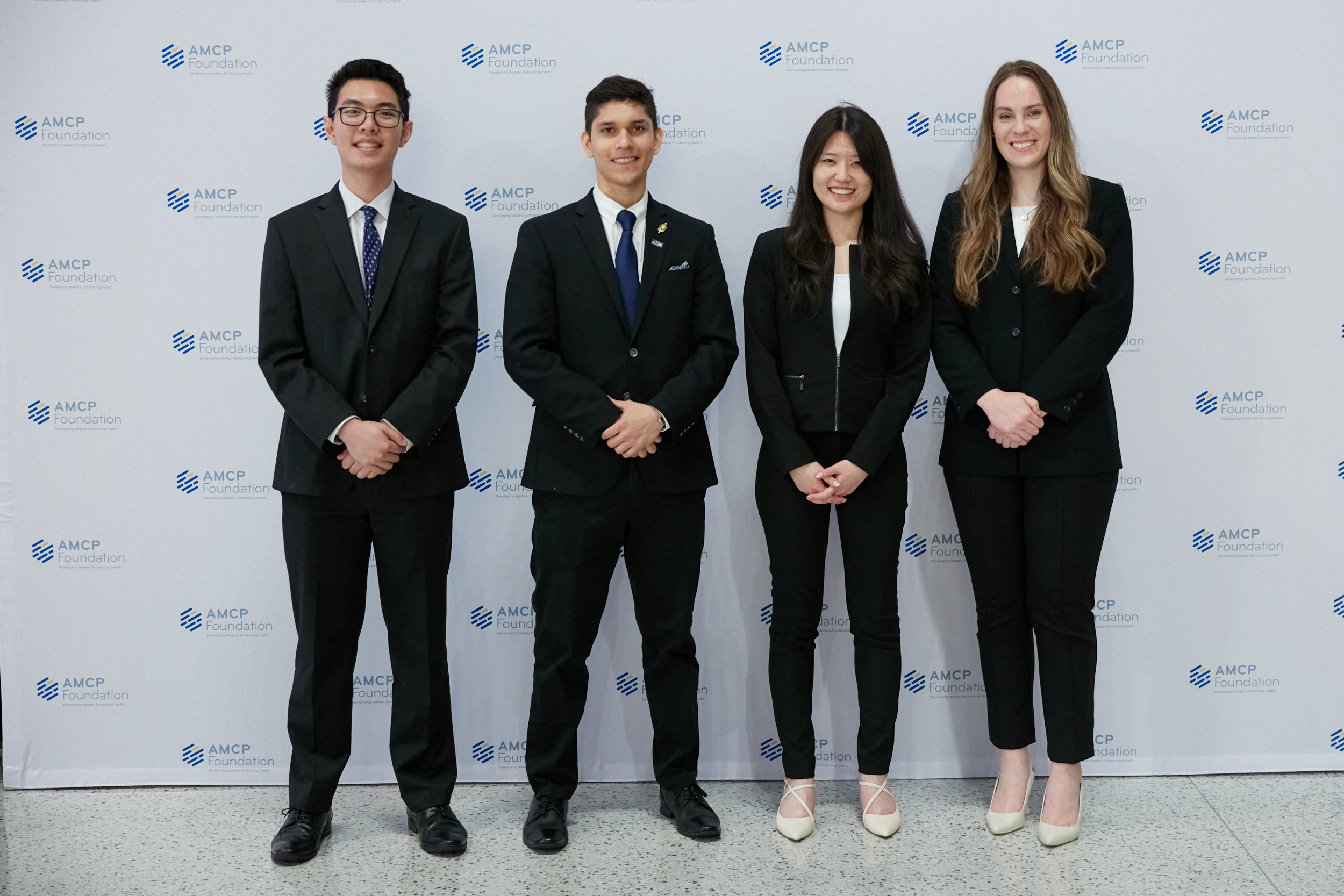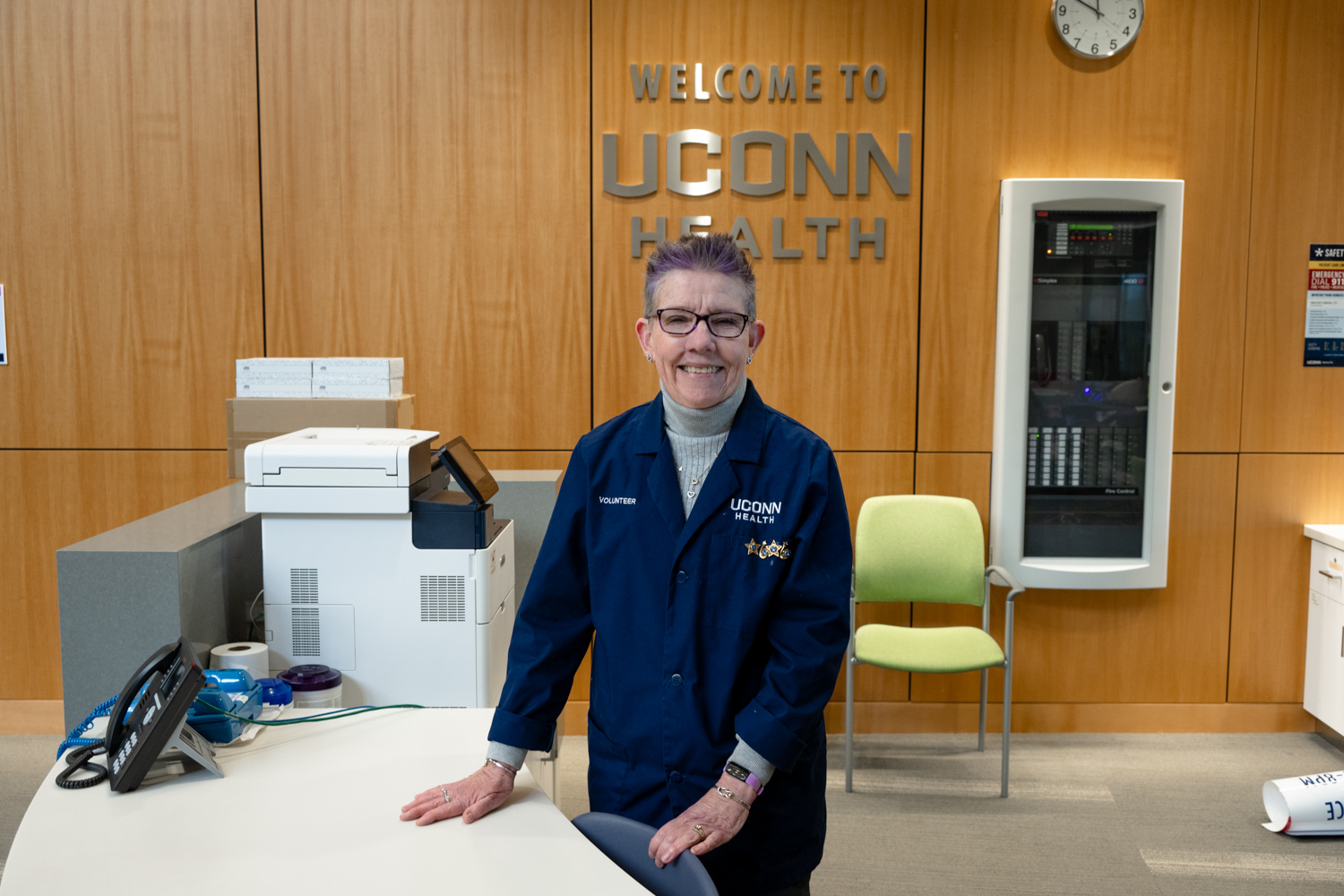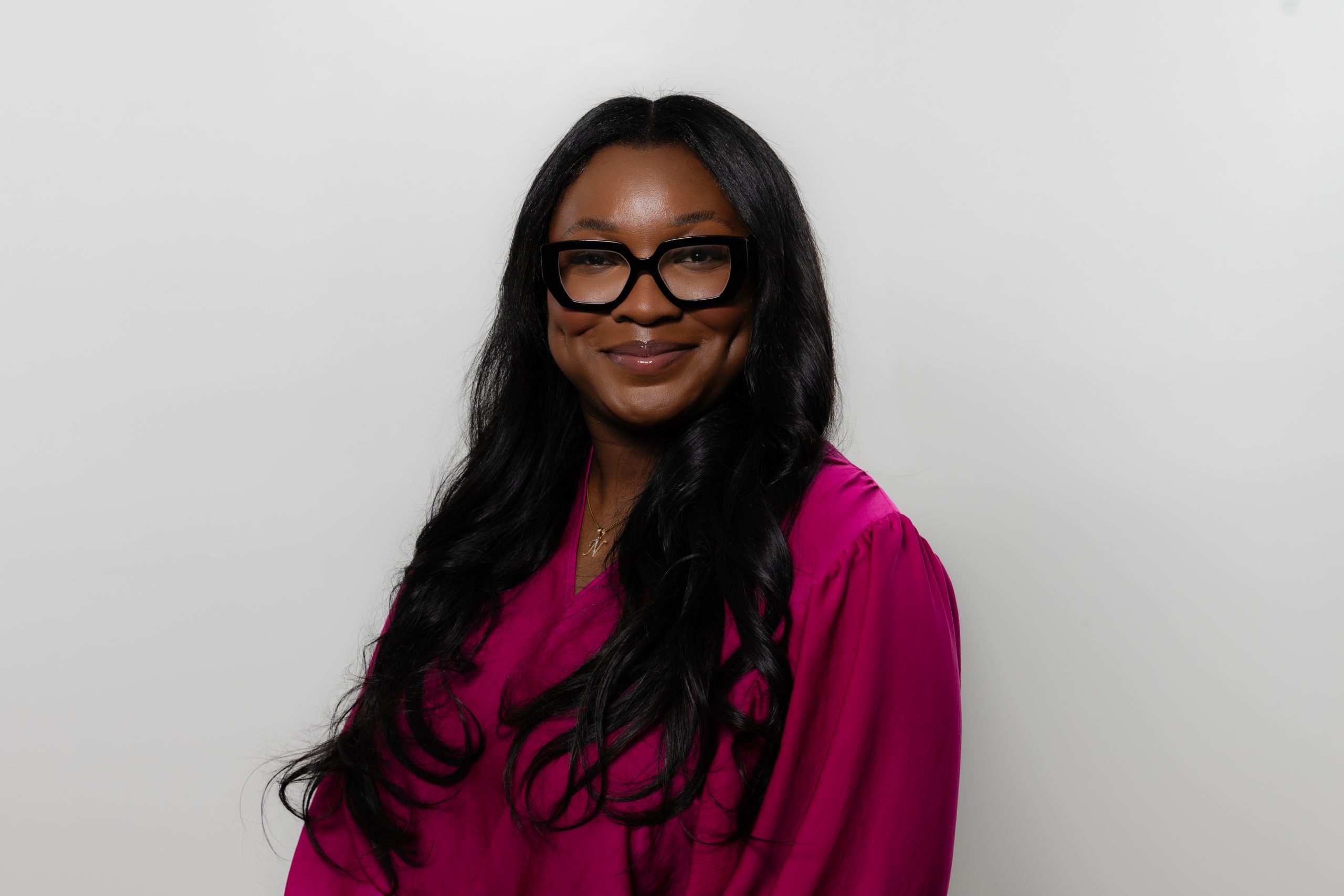This Op-Ed article first appeared in the Hartford Courant. The author is Annie Abbate of West Hartford and UConn School of Medicine’s class of 2020.
The picture of the sign said, “Why is Narcan free to a dope addict but my insulin is $750 a month?” It was social media post by someone I know and love. I saw it several times — it was shared by many people I call friends or family.
Overdoses in Connecticut are reaching new highs this summer. I’m grateful to live in a state that sees the uptick as deserving of statewide action and resources, like Narcan. But not everyone in my social circle agrees.
I know the people who shared that post well. They are kind, hard-working people who are concerned for their own resources. But that concern might make it hard to view addiction with compassion. They might see people who use drugs as selfish, drains on society and their communities. I don’t know if they have loved or lost a “dope addict.” In Connecticut, where Narcan is readily available to save lives, they might never have to survive that. I lived in a place where Narcan supplies dried up during a long hot summer, and it was horrible.
A few years ago, in the months before I entered medical school at the University of Connecticut, I interned at a harm reduction organization called HIPS in northeast Washington, D.C. Its clients, as we respectfully refer to them, are predominantly HIV-positive transgender sex workers and people who use injection drugs. Most of them are people of color. In the last month of my internship at HIPS, we ran out of Narcan, the lifesaving drug for opioid overdose. When the city failed to refill our supply, as they had promised, people started dying.
The one that hit hardest for our staff was a man named Ray.
I never met Ray, but I saw pictures of him hung around the office after he died. He was an older black man and a D.C. native. He was an occasional heroin user, as are most overdoses. It’s counter-intuitive for those of us who are not initiated, but heroin overdoses rarely happen to people with heavy, daily dependencies unless their drugs have been tampered with or cut with fentanyl, the synthetic medical-grade opioid that is 50 to 100 times stronger than heroin and can kill anyone. Unless fentanyl is involved, for daily users, overdose is unlikely. Their tolerance is high and they know exactly how much to use. Daily users are also rationing so they have enough for their next dose.
The people at highest risk for overdose actually use the least. They’re the “first timers” or the “first time in a long time-rs”, maybe because they’ve just gotten out of jail or rehab. Or they’re the ones who only use when life really calls for it — people like Ray.
Ray was friends with one of our directors, whose name was Andrew. I heard in whispers from the staff when Andrew wasn’t within ear shot that Ray took care of Andrew — he looked out for him.
One story I heard was about Andrew’s shoes. Andrew was walking down the street one day when Ray saw him and yelled out to him, “Hey Andrew, I’ve got some shoes for you.” Andrew really didn’t need shoes. He’s an educated, employed, 6-foot, white, Canadian man with glasses so thick they could accidentally burn up every ant hill he passes. But Ray thought Andrew needed new shoes. He went inside his house and he brought out a pair, which were likely his own before he gifted them to Andrew. It was a gesture of pure generosity.
A few days after I first saw that social media post about free Narcan and $750 insulin, it circulated again, but someone changed it to include the caption “Other struggling people aren’t the enemy.”
It’s a message I try to convey when I advocate. If that message fails, I tell people that Narcan programs aren’t for addicts — they’re for the people who love them. They exist for the people that they’d leave behind.



